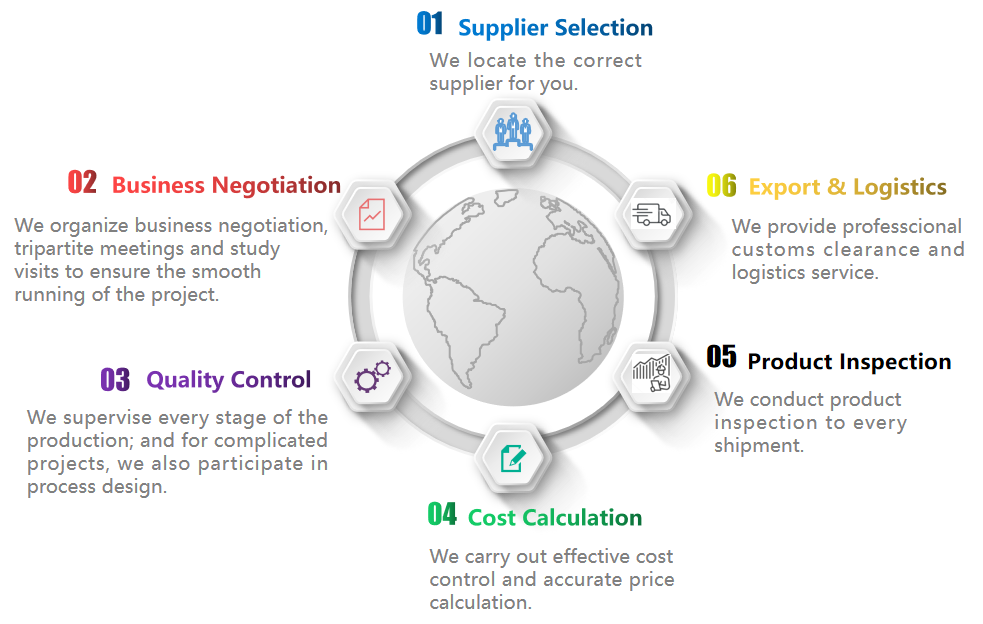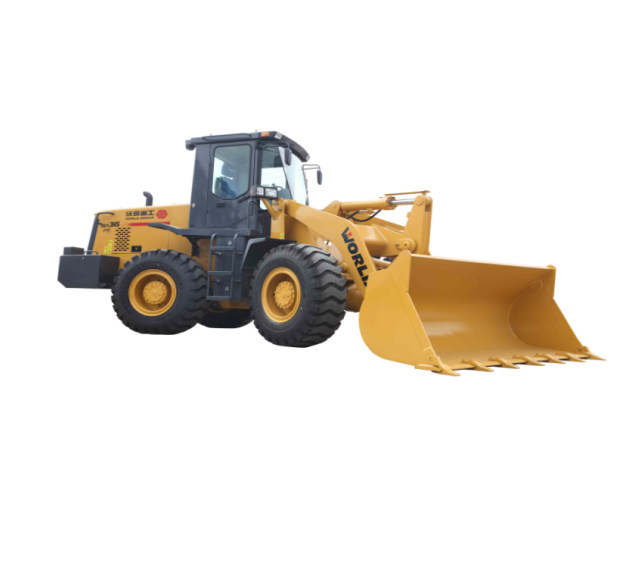3D Printing News Briefs, February 18, 2023: Post-Processing, Footwear, & More
Open Source Melt Electrowriting 3D Printer Could Democratize Advanced Techniques Stainless Steel Machining Parts

Inventia to Bioprint Brain Cell Models with Merck Subsidiary for Drug Discovery
3D Printing Jewelry Markets 2023: Market Study and Forecast
3D Printing Jewelry Markets 2023: Market Study and Forecast
Opportunities in Additive Manufacturing Software Markets 2023
Post-Processing for Additive Manufacturing: Market Analysis and Forecast
3D Printing Jewelry Markets 2023: Market Study and Forecast
Dig Deeper, Search Our Message Board 3dprintboard.com
Laser and Optics Development Engineer
Feature Your Job Posting Here
A curated collection of industry and product deep-dives.
Videos, podcasts, product reviews and free downloadable resources.
3D Printing News Briefs, February 18, 2023: Post-Processing, Footwear, & More
Open Source Melt Electrowriting 3D Printer Could Democratize Advanced Techniques
Inventia to Bioprint Brain Cell Models with Merck Subsidiary for Drug Discovery
3D Printing News Briefs, February 18, 2023: Post-Processing, Footwear, & More
Open Source Melt Electrowriting 3D Printer Could Democratize Advanced Techniques
Inventia to Bioprint Brain Cell Models with Merck Subsidiary for Drug Discovery
The sand casting process has undergone dramatic changes in recent years thanks to the benefits and advantages offered by 3D printing, also known as additive manufacturing (AM). Rest assured, sand casting practitioners and traditional casting companies will not go out of business because of 3D printing. Instead, AM can assist the traditional sand casting process, making it faster, more cost-efficient, and more agile.
Even with the use of 3D printing, the fundamental sand casting methodology remains largely the same:
The only step in this traditional process that changes as a result of 3D printing is how the actual replica or pattern and core equipment are fabricated.
The traditional method for fabricating patterns uses subtractive manufacturing technologies such as CNC milling of metal or plastic basic shapes. These processes manipulate a block of material into the desired shape by selectively removing unwanted material using machine tools.
By contrast, the AM process starts from nothing and adds only the material required, layer-by-layer within a build volume or build platform. The additive technology process delivers parts in a wide range of polymers, including standard thermoplastics, thermosets, filled and photopolymer resins, and even metals.
3D printing of casting patterns is recommended over traditional manufacturing in certain use cases:
There is a wide number and range of 3D printing technologies including binder jetting sands/metals, powder bed laser/EBM, SLA polymer/ceramic, filament extrusion, and [pellet extrusion. Factors such as part geometry, pattern size, and material requirements should be considered in selecting the best technology for sand casting pattern equipment. A large format 3D printer will serve the larger size requirement of many sand casting patterns. For example, direct pellet-fed 3D printing enables the use of a wide range of materials with deposition rates up to 10X higher than filament 3D printing. Additionally, pellet material costs are up to 10X lower than filament, which makes pellet extrusion a cost-effective alternative to subtractive technologies.
While 3D printing technologies bring significant advantages to the casting process on their own, there are several advantages for sand casting applications when combining additive and subtractive into a hybrid platform. For example, each of these key methods — pellet extrusion, filament extrusion, and spindle subtractive tooling — have advantages and limitations when considered in isolation. However, when combined in a hybrid platform solution, all the benefits can be realized without limitations.
To help illustrate the effectiveness of a hybrid platform for sand casting applications, we can explore a real-world use case. Proveedora de Servicios y Suministros Industriales (PSSI) wanted to employ additive manufacturing to reduce the cost of manufacturing pattern equipment while compressing time. Their target was to reduce both time and cost by 50% while maintaining pattern dimensional quality.
Utilizing a hybrid platform, in this case, a Titan pellet extrusion 3D printer, PSSI was able to eliminate wood assembly and machining of typical wood pattern equipment. Unlike a CNC machine, the Titan 3D printer does not require continual labor to operate the equipment, thus enabling lights-out manufacturing and reducing time by more than 60% — from seven weeks down to two and a half weeks — while lowering total cost. Additionally, the material selected, PETG, not only has better durability than wood but has equivalent benching properties for final post-processing. This yields a faster, lower cost near net shape solution directly off the printer. Alonso Alvarez, CEO, PSSI has said, “3D Printing has helped us accelerate our manufacturing process of our products due to our confidence we have for the 3D printer to work 24/7 without the need for special care during printing.”
Completed Pump Component Pattern and Coreboxes (Photo courtesy of Proveedora de Servicios y Suministros Industriales)
Regardless of the additive manufacturing technology used to produce sand casting patterns, there are some important tips to keep in mind.
By integrating additive manufacturing into the sand casting process, foundries and pattern shops are becoming more agile and competitive, bringing high-quality castings to market faster and at a lower price point compared to traditional methods.
Stay up-to-date on all the latest news from the 3D printing industry and receive information and offers from third party vendors.
3D Printing News Briefs, February 18, 2023: Post-Processing, Footwear, & More
Open Source Melt Electrowriting 3D Printer Could Democratize Advanced Techniques
A student from the University of Surrey designed a 3D printed robotic fish for a new contest, and her winning entry, a Robo-Fish called Gillbert, happily vacuums up microplastics from...
We’re getting busy again for this week’s webinar and event roundup! The Stratasys tour is taking.a break, but the company is still presenting a webinar on the NASA Hunch Program....
We hear a lot about 3D printed medical devices like models, implants, prosthetics, surgical tools, and even medical device packaging, but how about a 3D printed surgical fracture table? Researchers...
A ground-based prototype for a new microgravity 3D printer is now complete and awaits deployment to the International Space Station (ISS) for testing. Capable of 3D printing parts much larger...
Upload your 3D Models and get them printed quickly and efficiently.
Networking & Intelligence Summit, February 7-9, 2023
3D Printing jobs around the world.
Subscribe to Our Email Newsletter
© 2016 - 2023 3DR HOLDINGS. ALL RIGHTS RESERVED.

Thread-Cutting Parts Register to view and download proprietary industry data from SmarTech and 3DPrint.com Questions? Contact info@3dprint.com